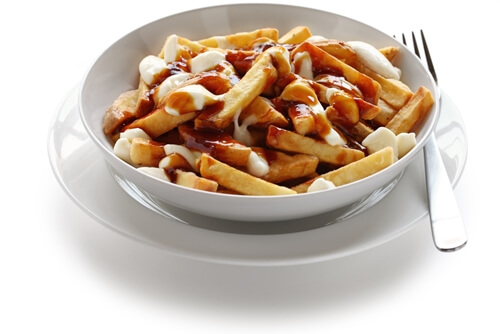Espagnole 101
When learning classic French cooking techniques, knowing how to make the five French mother sauces is a must. Espagnole, known as brown sauce, is one of the members of this quintet. Though pronounced similarly to Espanol, it’s believed that the name of this sauce has nothing to do with Spain. However, there is no confirmed reason for how the sauce earned its title, in spite of several varying stories included in different cookbooks. In the 19th century, Auguste Escoffier codified his personal recipe, which is still considered the gold standard among many in the culinary world.
Espagnole
Brown sauce is rarely used on its own. Instead, ingredients are usually added to the basic recipe to create a daughter sauce. Here is a variation of Espagnole:
- 1 gallon brown stock, hot
- 1 1/2 cups brown roux
- 1/4 cup bacon fat
- 2 cups chopped onions
- 1 cup chopped carrots
- 1 cup chopped celery
- Salt
- Freshly ground black pepper
- 1/2 cup tomato puree
- 1 bouquet garni
In a stock pot, whisk the hot stock into the roux. Then, In a large saute pan, heat the bacon fat. Add the vegetables and season with salt and pepper. Saute until wilted, about 5 minutes. Stir the tomato puree into the vegetables and cook for about 5 minutes. Add the tomato/vegetable mixture to the stock/roux mixture. Throw in the bouquet garni and continue to simmer, skimming as needed. Season with salt and pepper. Simmer the sauce for about 45 minutes then strain through a China cap.
(Recipe from www.foodnetwork.com)
Daughter Sauces
- Demi-glace: This sauce uses a 1:1 ratio of Espagnole and veal stock that is then reduced in half. Beef or chicken stock can also be used to create a variation of this sauce, but the animal must preface the term demi-glace, as this designation alone implies veal stock.
- Sauce Bigarade: This sauce is often used on duck in French cuisine. Bigarde refers to the bitter oranges that are used to give the sauce its flavor.
- Sauce Champignons: Also known as mushroom sauce. Usually requires that mushrooms, milk, cream and other ingredients be added to the Espagnole base.
- Sauce Chassuer: Also known as Hunter’s sauce, this variation of Espagnole is similar to Sauce Champignons but includes shallots and sometimes tomatoes. This sauce is traditionally paired with game meats such as rabbit and venison.
- Sauce Bourguignonne: A base of red wine, shallots, onions and herbs is combined with Espagnol to make this sauce.


